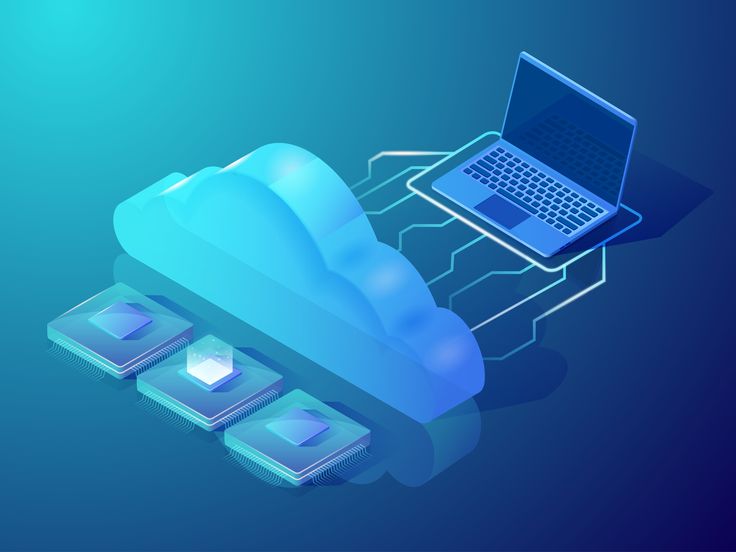In today’s digital era, businesses and individuals are constantly seeking solutions that provide scalability, efficiency, and cost savings. Two terms that often come up in discussions about modern IT infrastructure are cloud computing and virtualization. While the two are closely related, they are not the same. Understanding the difference between them is crucial for anyone working in technology or looking to optimize IT resources.
What Is Virtualization?
Virtualization is the technology that creates virtual versions of physical hardware. Instead of running one operating system on one physical machine, virtualization allows multiple virtual machines (VMs) to run on a single server.
Key Features of Virtualization:
-
Uses a hypervisor (e.g., VMware, Hyper-V, KVM) to divide physical hardware into virtual resources.
-
Each virtual machine runs its own operating system independently.
-
Increases hardware utilization by running multiple workloads on a single physical machine.
-
Commonly used in data centers to improve efficiency and reduce costs.
Example: A single physical server running multiple virtual servers for different departments like HR, Finance, and Sales.
What Is Cloud Computing?
Cloud computing is a service delivery model that provides computing resources such as servers, storage, networking, and software over the internet. Instead of owning and maintaining physical hardware, businesses can rent IT resources on-demand from providers like AWS, Microsoft Azure, or Google Cloud.
Key Features of Cloud Computing:
-
Offers services in models such as IaaS, PaaS, and SaaS.
-
Enables on-demand scalability — resources can grow or shrink as needed.
-
Provides global accessibility, pay-as-you-go pricing, and reliability.
-
Built on virtualization but extends beyond it to include automation, orchestration, and service delivery.
Example: A company hosting its website and database on AWS or Azure instead of maintaining physical servers.
Cloud Computing vs. Virtualization: Key Differences
| Aspect | Virtualization | Cloud Computing |
|---|---|---|
| Definition | Creates virtual versions of hardware like servers, OS, and storage. | Delivers computing resources and services over the internet. |
| Dependency | Cloud is built on virtualization, but virtualization can exist without cloud. | Relies on virtualization for resource pooling and flexibility. |
| Usage | Mainly used to optimize on-premises hardware utilization. | Used to access scalable IT resources and services remotely. |
| Management | Requires in-house IT staff to maintain and manage. | Managed by cloud providers with automation and service-level agreements. |
| Cost Model | Reduces hardware costs but still involves capital expenses. | Pay-as-you-go, subscription-based pricing. |
| Accessibility | Accessible within a local environment. | Accessible globally via the internet. |
How They Work Together
It’s important to note that cloud computing and virtualization complement each other. Virtualization is the foundation — it allows hardware to be divided into multiple virtual machines. Cloud computing builds on that foundation by automating, scaling, and delivering those virtual resources as services to users worldwide.
Without virtualization, cloud computing as we know it today would not exist.
Conclusion
The difference between cloud computing and virtualization lies in their scope and purpose. Virtualization is a technology that makes better use of physical hardware, while cloud computing is a service model that delivers IT resources and applications on demand.

